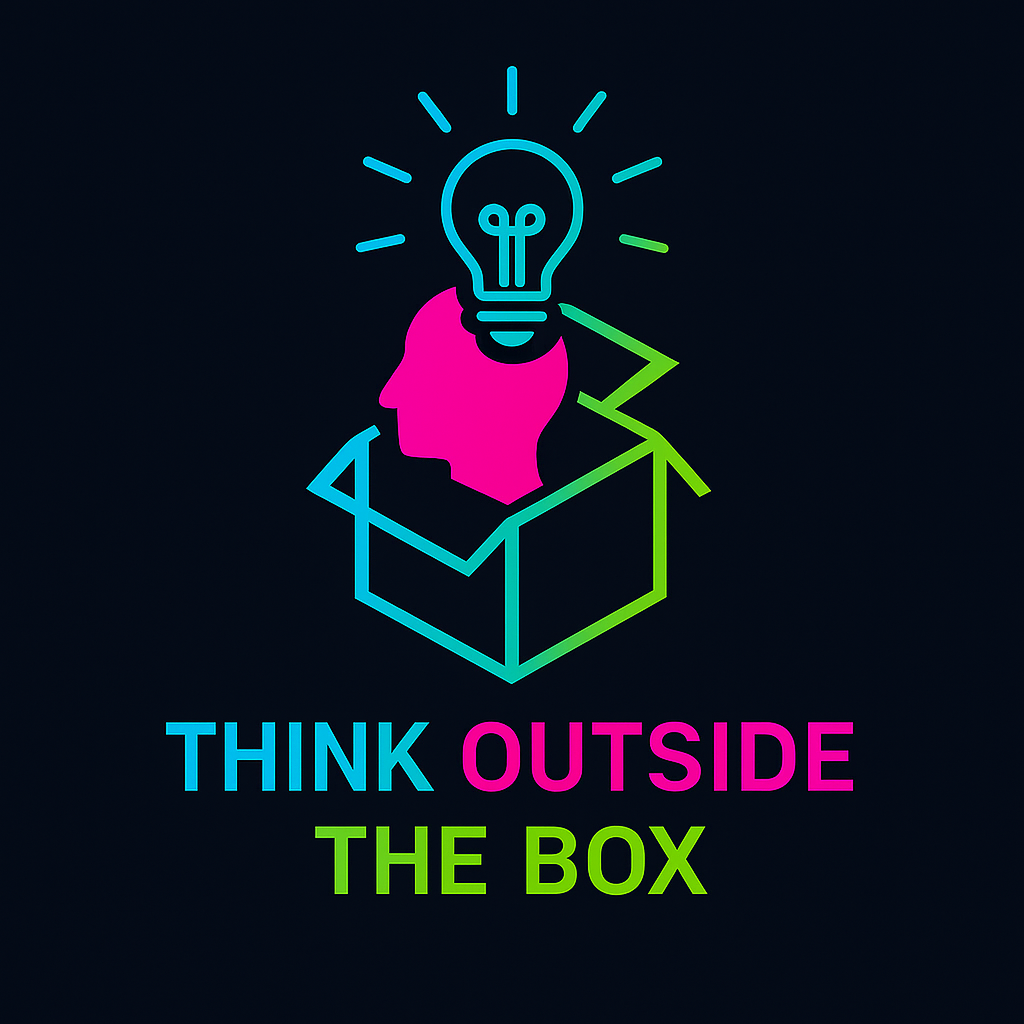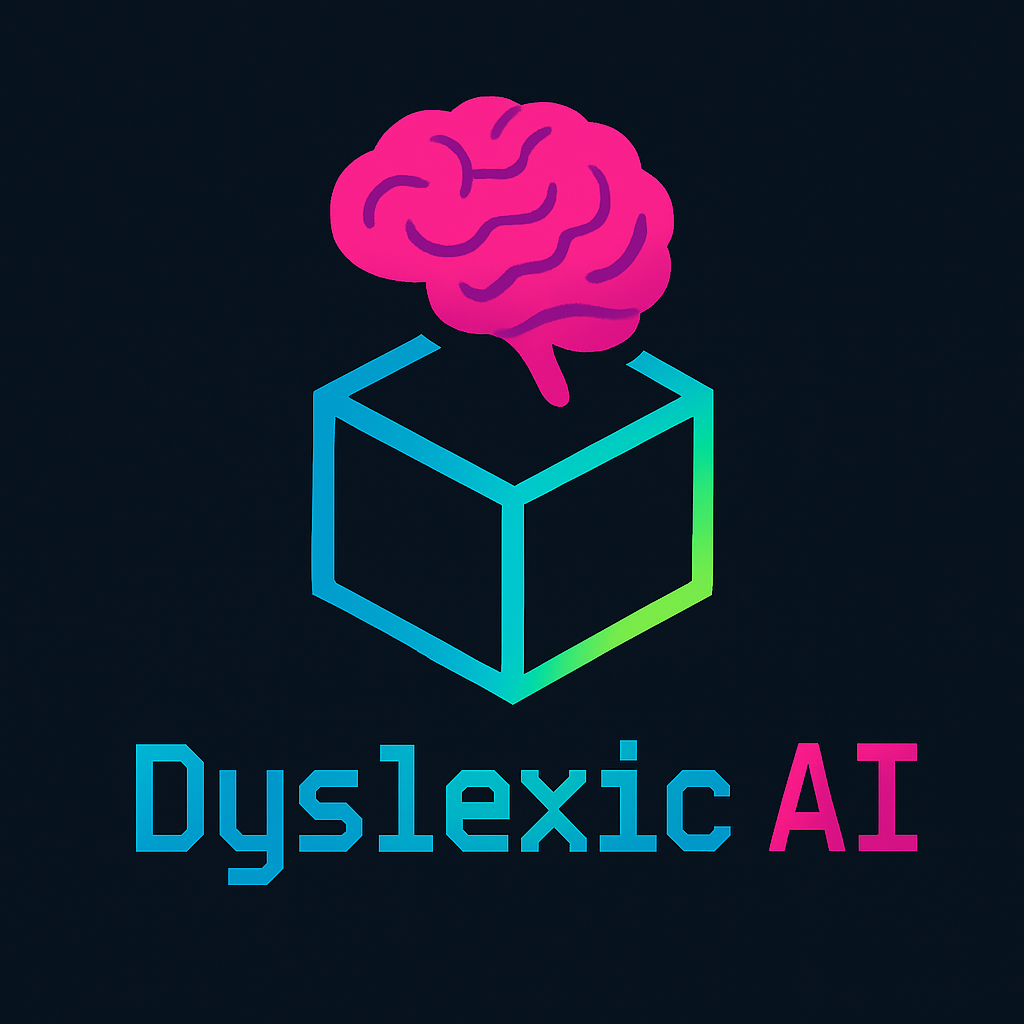Thinking Outside the Box: The Dyslexic Advantage
Discover how dyslexic thinking patterns create unique advantages in problem-solving and innovation.
Join a community where I teach people with dyslexia and neurodivergent minds how to build custom AI assistants. Learn the prompts, workflows, GPTs, and AI agents that transform assistive technology for dyslexia into your cognitive partner.
Watch a simple word become a struggle:
This happens dozens of times per day
Brilliant ideas lost between thinking and typing
Tools built for linear thinkers, not pattern recognizers
Exhausted from forcing yourself into rigid systems
Custom AI assistants that match your thinking style. Voice-to-structure. Visual workflows. Pattern-based prompts.
Your mind moves faster than your fingers—let AI keep up
Non-linear workflows designed for how you actually think
Pattern recognition and big-picture thinking amplified
This is a sample of what's possible when you customize AI to your thinking style. In the community, you'll learn to build your own version—personalized for you, your business, and even your kids.
Your personal thinking partner
Get the exact prompts, workflows, and AI frameworks I use daily—tested with people with dyslexia and refined through real-world experience supporting neurodivergent minds.
Build your digital twin—a persona that captures your thinking style, strengths, and needs. The foundation for AI that truly gets you.
Access my complete library of tested prompts designed for people with dyslexia. Learn to write your own AI prompts that unlock your cognitive potential.
Step-by-step guides to create custom GPTs tailored to your needs—for work, learning, parenting, or business.
Proven workflows for writing, planning, problem-solving, and more. Copy mine or customize them to match your process.
Learn to create autonomous agents that handle repetitive tasks while you focus on what only you can do.
Adapt these tools for your neurodivergent kids. Real strategies I use with my own children to support their learning.
Weekly insights on AI, neurodiversity, and turning your unique thinking into your greatest strength
Articles, tools, and strategies for the neurodivergent mind
Subscribe to Newsletter
Discover how dyslexic thinking patterns create unique advantages in problem-solving and innovation.

Learn how AI tools can be customized to support your unique cognitive style and enhance your strengths.
Step-by-step guide to creating a learning environment that adapts to your neurodivergent needs.

How neurodivergent thinkers can leverage their unique perspective to create more effective AI prompts.

Harness the power of visual thinking to solve complex problems and communicate ideas more effectively.

Why neurodivergent leaders bring unique strengths to technology companies and startups.
From classrooms to boardrooms, from students to CEOs—we have workflows, GPTs, agents, and prompts designed specifically for your goals and challenges.
Build inclusive teams and processes
Complete workflow for creating inclusive job descriptions, interview processes, and onboarding that attracts diverse cognitive talent.
AI tools that help teams with different communication styles collaborate effectively. Translates between linear and non-linear thinking.
Join our community and get early access to all personas, workflows, and AI tools designed for your success.
Choose what fits your season and your pace. Start where you are. Move up when you're ready.
A simple starting point for anyone wanting AI support without pressure
Your main hub for support, tools, and connection
Personalized transformation with hands-on support
Choose Starter if you want low-cost access to prompts and tools.
Choose Community if you want support, structure, and a place to grow.
Choose Coaching if you want personalized help and a full cognitive partner system.
You can upgrade at any time. Cancel anytime with no questions asked.
Join our personalized coaching program and learn to work with AI as your cognitive partner. Designed for innovators, entrepreneurs, and neurodivergent thinkers who want clarity, structure, and creative lift.
Neurodivergent thinkers don't see constraints—they see possibilities. Your dyslexic mind doesn't follow straight lines because it's creating something more innovative. This AI is fine-tuned to understand that the most groundbreaking ideas come from minds that make connections others miss.
Each node represents a different learning topic. Click them to jump to the corresponding section and discover what you'll master in the community.
Most people think in pairs. You think in triangles. Combine AI, your dyslexic perspective, and any subject to unlock insights nobody else can see.
Click any suggestion below or type your own expertise, role, or interest:
This is cognitive triangulation: where AI capabilities, dyslexic thinking patterns, and your domain knowledge converge to reveal possibilities invisible from any single viewpoint.
AI tools are transforming accessibility. Education is evolving. Businesses are adapting. And soon, you won't need accommodations—AI will adapt to you.
Welcome to an AI-first world built for how you think.
Reading, writing, and expressing yourself with words. The foundation of communication.
Understanding and guiding large language models. Thinking with AI as your cognitive partner across all perspectives.
Both depend on mastering language. Dyslexic AI bridges them both, turning barriers into bridges.
Dyslexia affects how people process language. Large Language Models process language too—just differently. The same technology built on language now helps those who struggle with it.
AI literacy is more than prompting. It's learning to think with AI—as a devil's advocate, researcher, teacher, guide, and friend. From multiple angles. From all perspectives.
That's what dyslexic brains excel at: thinking outside the box from many angles.
These tools were made for one another.

Matt Ivey is Dyslexic AF—and proud of it. He's the founder of Dyslexic AI, a movement built for people with dyslexia who think in color, connect dots sideways, and refuse to fit inside the lines.
After years of struggling with dyslexia, Matt found his voice through AI. Now he's turning that discovery into something bigger—assistive technology for dyslexia that helps neurodivergent minds use artificial intelligence as a cognitive partner to think, create, and communicate on their own terms.
Through LM Lab AI, Matt's building AI accessibility tools and systems that make AI more human, and more dyslexic-friendly. His message is simple—being dyslexic isn't a flaw; it's the blueprint for the future.